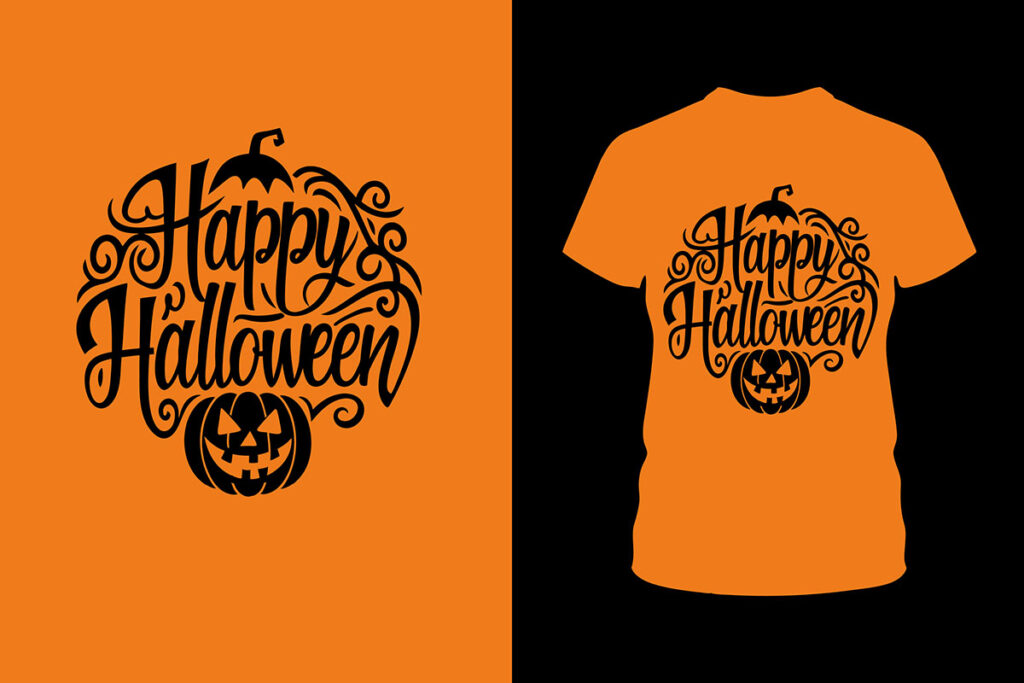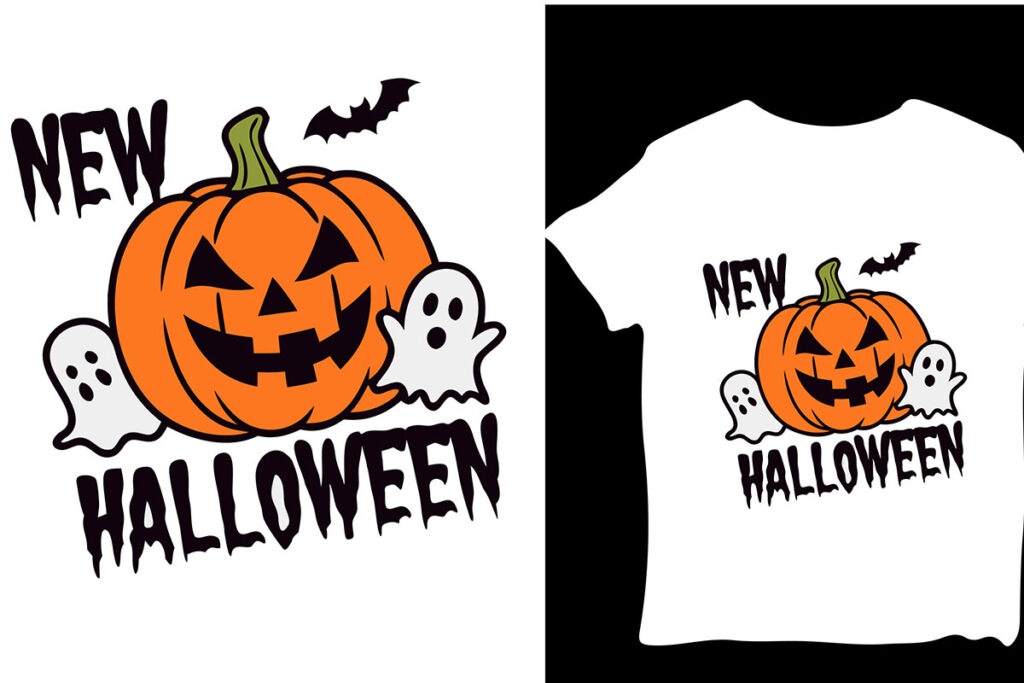The DTF transfer process, or Direct to Film transfer, has emerged as a cutting-edge method in fabric printing that allows for exceptional innovation and artistic freedom. This technique prints designs directly onto a special film, which is subsequently transferred to the fabric using heat and pressure, guaranteeing vivid colors and detailed images. As the popularity of DTF printing continues to rise, understanding the nuances of the DTF transfer process becomes crucial for both professionals and amateurs in the world of fabric design. Whether you’re looking to create custom apparel or eye-catching merchandise, mastering this unique fabric transfer technique will set you apart in the competitive textile market. In this guide, we will explore essential DTF transfer tips that can help you achieve successful fabric printing outcomes.
Delving into the realm of fabric transfer techniques reveals a fascinating approach that is gaining traction in the printing industry. The Direct to Film (DTF) printing method stands out for its ability to produce high-quality designs with remarkable clarity and color accuracy. Whether referred to as film printing or the emerging DTF technology, this process involves a series of well-coordinated steps to ensure optimal results. By exploring alternative terms and concepts surrounding DTF transfers, we can better appreciate this transformative method that caters to a wide range of textile applications. Join us as we unveil some invaluable insights and strategies that will enhance your mastery of this innovative printing solution.
Understanding DTF Printing Technology
DTF printing technology has emerged as a game-changer in the fabric transfer industry, allowing for high-quality prints with remarkable detail. This technique utilizes specialized DTF inks that bond with fabric effectively, generating vibrant colors and intricate patterns that are often hard to achieve with traditional methods. For small business owners and hobbyists alike, grasping the underlying principles of DTF printing is vital to unlocking its full potential.
Comparatively, DTF printing stands out due to its accessibility and versatility. Unlike other fabric transfer techniques, it eliminates the need for complex processes such as screen printing or direct-to-garment printing (DTG), making it a more straightforward option for those looking to enter the fabric printing market. Understanding these advantages can inspire creators to experiment with designs and diversify their offerings.
Crucial Components of the DTF Transfer Process
In mastering the DTF transfer process, one must pay attention to the essential components involved. The DTF printer, specially designed for this technique, plays a pivotal role in creating high-resolution images on transfer films. Coupled with DTF inks, which ensure optimal adhesion and vibrancy, these elements combined can define the quality of the final prints. Moreover, using the right transfer film—whether glossy or matte—can significantly affect the visual appeal.
Additionally, adhesive powder is a key component in the DTF transfer process, as it ensures the ink adheres to the fabric during the heat application. Without the right amount of adhesive, one could face issues like peeling or fading of prints over time. Therefore, understanding these crucial components isn’t just beneficial; it’s critical for ensuring successful fabric printing outcomes.
Essential DTF Transfer Tips for Success
To achieve optimal results in DTF transfers, certain tips should be adhered to rigorously. First and foremost, selecting the correct equipment is fundamental; investing in quality DTF printers and inks suited for your specific needs can pave the way for high-quality prints. Furthermore, proper film selection dramatically influences your outcomes. Knowing which film finish pairs best with your designs can enhance color rendition and overall appeal.
Moreover, pre-treating fabrics is vital for ensuring that the prints adhere well and vibrantly display on various materials. It’s important to recognize that different fabrics require unique treatments, thus enhancing the longevity and quality of the prints. Becoming adept at these foundational tips can significantly improve one’s success in DTF printing endeavors.
Heat Management in DTF Transfers
Heat and pressure are critical components when executing DTF transfers; getting these settings correct can be the difference between a successful project and a major failure. For standard DTF processes, a temperature around 320°F (160°C) for a duration of 15 to 20 seconds is suggested. However, these parameters may need to be adjusted based on the specific fabrics and inks used. Ensuring you’ve calibrated your heat press accurately will play a significant role in achieving the desired results.
Additionally, proper timing and pressure application are paramount during the transfer process. If the pressure is too low, the transfer may not adhere properly; if it’s too high, it could damage the design or the fabric. Thus, fine-tuning your heating elements should be treated with great care to optimize the end product.
Post-Transfer Care for DTF Projects
Post-transfer care is just as crucial as the initial printing process. After pressing, it’s essential to let the fabric cool before removing the transfer film. This cooling allows the print to adhere more securely to the garment, contributing to the print’s longevity. Additionally, allowing the printed garment to cure for at least 24 hours before washing will significantly enhance durability, ensuring that your designs remain intact for as long as possible.
Furthermore, proper washing techniques are integral to maintaining printed designs. It’s advisable to wash DTF-printed garments inside out on a gentle cycle, using cold water. Avoiding harsh detergents can also help in preserving the integrity of the print. Understanding these post-transfer care instructions is key for individuals aiming for long-lasting results from their DTF fabrics.
Maintaining Your DTF Printing Equipment
Regular maintenance of DTF printing equipment is essential to ensure optimal performance. A clean workspace can help prevent contamination that could compromise print quality. This includes routinely checking and cleaning printer heads, nozzles, and other critical components. Keeping your equipment in good working condition ensures minimal downtime and consistent production quality.
Additionally, being proactive in equipment care can help mitigate unexpected issues. Taking the time to perform routine checks and maintenance can prevent common problems such as clogging or inconsistent ink flow, which could hinder the DTF printing process. Implementing a cleaning schedule may seem tedious, but it is essential for sustaining successful fabric transfers.
Frequently Asked Questions
What is the DTF transfer process and how does it work?
The DTF transfer process, or Direct to Film printing, involves printing an image directly onto a special film paper which is then transferred onto fabric using heat and pressure. This method is celebrated for its ability to produce high-quality images with vibrant colors, making it an excellent choice for various textile applications.
What equipment do I need for successful DTF printing?
To ensure successful DTF printing, you should invest in a quality DTF printer, such as select Epson models or modified Canon/ Brother printers, along with DTF inks specifically designed for this process. Additionally, appropriate transfer films and adhesive powders are critical components for optimal results.
What are some essential DTF transfer tips for beginners?
Some essential DTF transfer tips include choosing quality DTF inks, selecting the right type of transfer film (glossy or matte), pre-treating fabrics properly, mastering powder application, and finding the optimal heat and pressure settings to achieve successful fabric transfers.
How do I choose the right DTF transfer film for my project?
When choosing DTF transfer film, consider the finish that complements your design. Glossy films enhance vibrant colors, while matte finishes offer a more subdued look. Your choice should align with the aesthetic and vision of your project to ensure the best outcome.
What can I do to improve adhesion during the DTF transfer process?
To enhance adhesion during the DTF transfer process, ensure proper pre-treatment of fabrics according to their material type. Using the right amount of hot-melt adhesive powder and applying appropriate heat and pressure during pressing further improves the ink’s bond to the fabric.
What post-transfer care should I follow for DTF printed fabrics?
Post-transfer care for DTF printed fabrics includes allowing the garment to cool before removing the film to ensure the design adheres properly. It is also recommended to let the garment cure for at least 24 hours before washing to enhance the durability of the print.
| Key Elements | Description |
|---|---|
| DTF Printer | A specialized printer that uses DTF inks for high-quality prints on film. |
| DTF Inks | Inks formulated specifically for fabric adhesion post-transfer. |
| Transfer Film | Film type can affect the transfer outcome; options include glossy and matte finishes. |
| Adhesive Powder | Applied to film to ensure ink adheres properly when pressed onto fabric. |
Summary
The DTF Transfer Process is an innovative approach to fabric printing, allowing for vibrant and high-quality designs on various materials. By understanding the fundamentals of DTF printing—including key components like the printer, inks, transfer film, and adhesive powder—creators can significantly enhance their printing outcomes. With essential tips like choosing the right equipment, mastering the pre-treatment of fabrics, and adhering to optimal heat settings, both beginners and seasoned professionals can achieve stunning results. Investing time in learning and experimenting with these techniques will ensure that every transfer is not only successful but also leads to beautifully executed prints. As you venture into the world of DTF printing, remember that community resources and continuous learning will support your journey in mastering this versatile transfer process.



